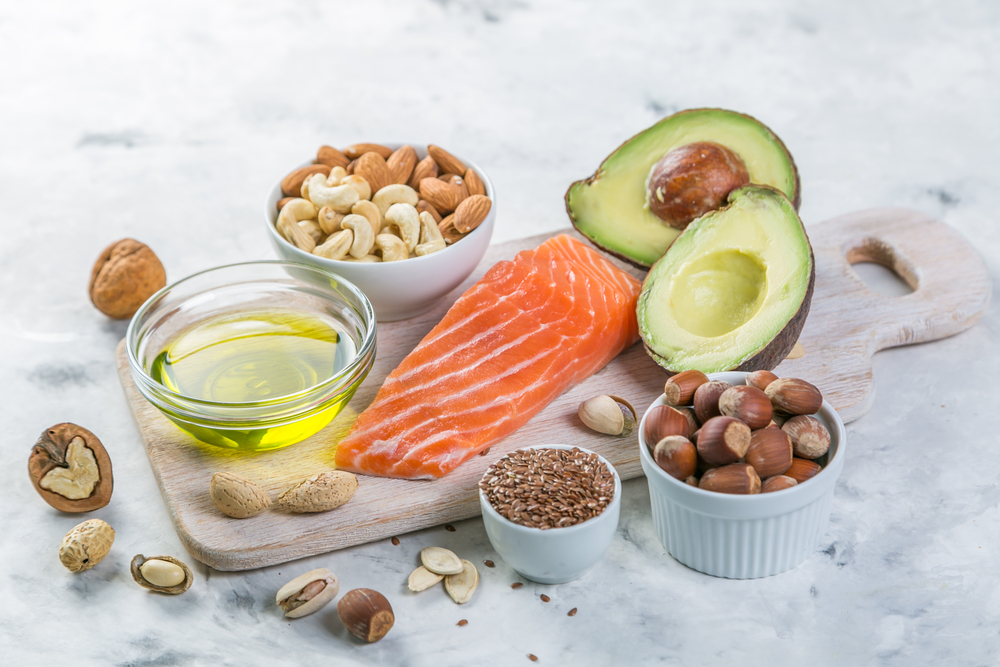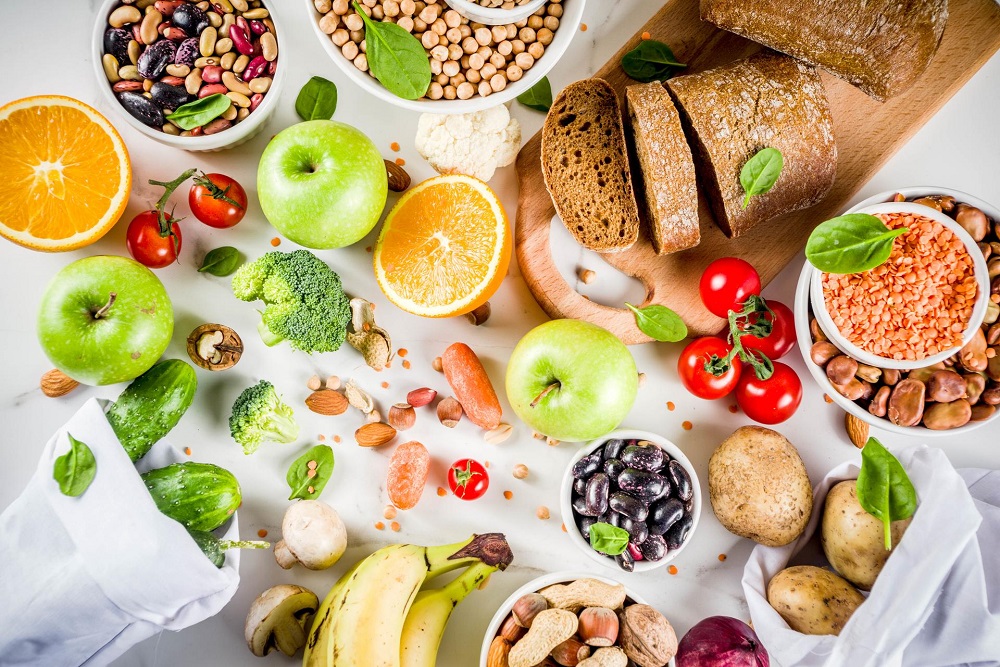Topics
According to the National Health & Morbidity Survey (NHMS) 2019, 4 in 10 people or 8 million adults in Malaysia have raised total cholesterol level.
The survey also showed that 1 out of these 4 people were unaware that they have raised total cholesterol (high cholesterol) because this condition is usually asymptomatic.
About cholesterol
Cholesterol is a type of fatty substance that circulates in our blood. Cholesterol is an essential component in building cells and producing vitamins and hormones. Cholesterol is mainly produced in our liver, and we also get cholesterol from our diet.

High cholesterol is also known as hypercholesterolaemia or hyperlipidaemia. High levels of cholesterol can develop fatty deposits or plaque in our blood vessels.
These deposits grow over time, causing insufficient blood flow through our arteries. Occasionally, those deposits may break and form a clot that blocks blood flow, leading to a heart attack or stroke.
Types of cholesterol
Our body needs cholesterol to function, and it travels through the blood via lipoproteins. There are two types of lipoproteins that determine our cholesterol levels:
- HDL (high-density lipoprotein)
- Also known as the “good” cholesterol
- HDL carries cholesterol from cells back to the liver
- These cholesterol will then be processed by the liver and flushed out from our body as waste product
- Higher levels of HDL are better because they help to lower the risk for heart disease and stroke
- LDL (low-density lipoprotein)
- Also known as the “bad” cholesterol
- LDL carries cholesterol to the cells via blood circulation
- High levels of LDL cholesterol in our blood increases the risk of plaque build-up in artery walls (this process is called atherosclerosis), which leads to heart disease and stroke
Defining cholesterol level
Our cholesterol levels can be determined through a lipid profile assessment via blood test. This is a screening tool that measures the levels of different types of fats (cholesterols and triglycerides) in our blood and detect abnormalities in those levels.
The parameters of the lipid profile include:
- Low-density lipoprotein (LDL) cholesterol
- High-density lipoprotein (HDL) cholesterol
- Triglycerides
- Total cholesterol
| Parameter | Details |
| Low-density lipoprotein (LDL) cholesterol (LDL-C) |
Note: The lower the better for LDL level |
| High-density lipoprotein (HDL) cholesterol (HDL-C) |
Note: The higher the better for HDL level |
| Triglycerides (TG) |
Note: The lower the better for triglycerides level |
| Total cholesterol (TC) |
Note: The lower the better for total cholesterol level |
Myths surrounding cholesterol
There is plenty of misinformation with regards to cholesterol. Some of the more common myths or misconceptions are addressed below.
- Myth: All cholesterol is bad for us.
Fact: LDL (low-density lipoprotein) is referred to by the general population as the “bad” cholesterol. There is a high risk of developing stroke and heart disease if our body carries a large amount of LDL cholesterol.
The “good” cholesterol, or what we know as HDL (high-density lipoprotein), delivers cholesterol to the liver. It flushes the cholesterol from our bodies. As compared to LDL, HDL cholesterol has the opposite effect. It lowers the risk of stroke and heart disease instead.
The ultimate goal is to raise the HDL while we work towards lowering the LDL.
- Myth: We experience symptoms when our cholesterol levels are raised.
Fact: Most of the time, an individual with high cholesterol shows no signs or symptoms. We may not know we have unhealthy cholesterol levels until it is too late.
We need to check our cholesterol levels regularly (as advised by a physician), especially if the cholesterol levels are not within the recommended range.
- Myth: Eating foods high in cholesterol will increase my cholesterol levels.
Fact: Although it sounds logical, eating foods high in cholesterol does not directly increase our cholesterol levels.
Our body naturally produces the cholesterol that we need, especially in the liver, when we are fast asleep. However, eating foods high in cholesterol increases the consumption of large amounts of saturated fats in the process too. It is the saturated fats that contribute to an increase in our cholesterol levels.
- Myth: It is fate! There is nothing we can do to change our cholesterol levels.
Fact: Although some cholesterol conditions run in the family, we can still keep our cholesterol levels under control. A healthy diet with good eating habits and getting plenty of exercises is one of the easiest ways to regulate our cholesterol levels.

Find out more about your cholesterol level management at Gleneagles Hospital
To understand cholesterol better and the management of your cholesterol level, contact your doctor or the Diet Counselling Centre at your nearest Gleneagles Hospital to receive professional dietary advice from the team of qualified dietitians.
If you would like to make an appointment for health screening, please contact the health screening centre at the Gleneagles Hospital nearest to you.
References
- National Health and Morbidity Survey 2019. Available at https://iptk.moh.gov.my/images/technical_report/2020/4_Infographic_Booklet_NHMS_2019_-_English.pdf [Accessed on 6 August 2022]
- Noncommunicable diseases: Risk factors. Available at https://www.who.int/data/gho/data/themes/topics/topic-details/GHO/ncd-risk-factors [Accessed on 6 August 2022]
- Lipid Profile. Available at http://www.myhealth.gov.my/en/lipid-profile-2/ [Accessed on 6 August 2022]
- Cholesterol Myths and Facts. Available at https://www.cdc.gov/cholesterol/myths_facts.htm [Accessed on 6 August 2022]


















